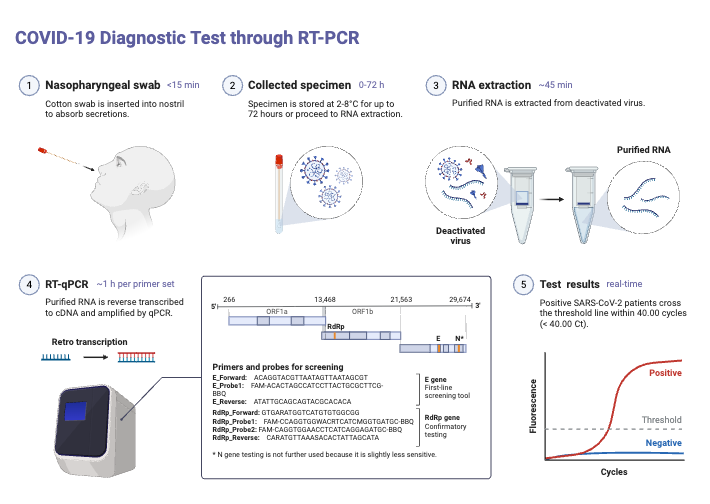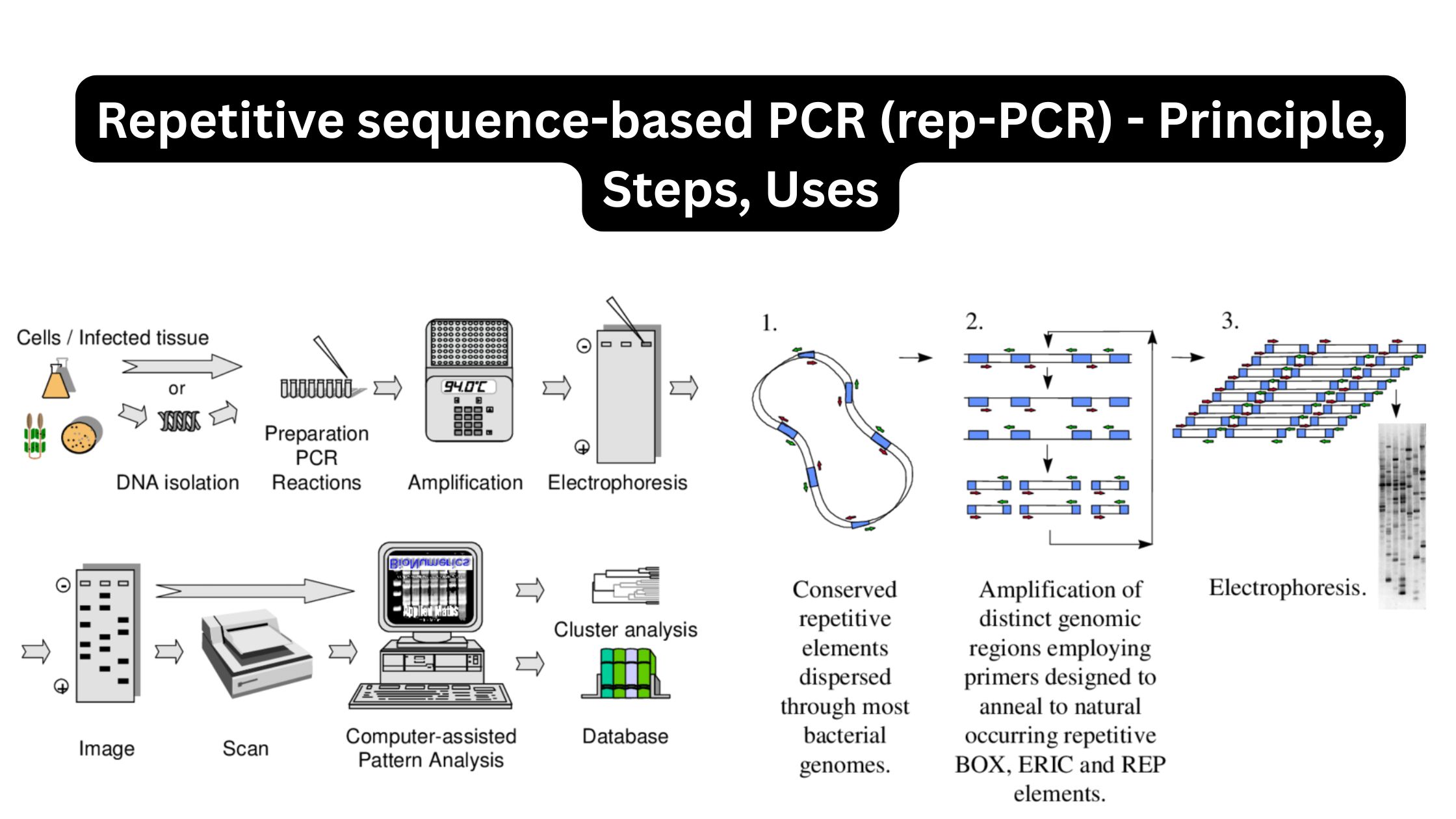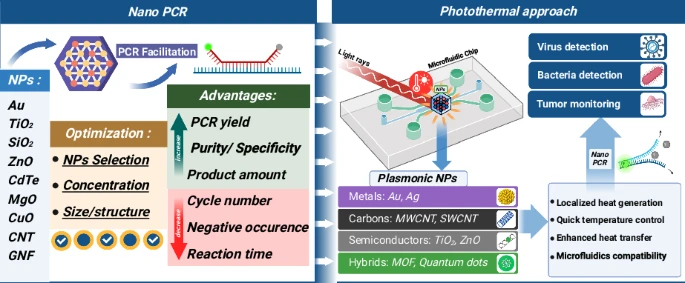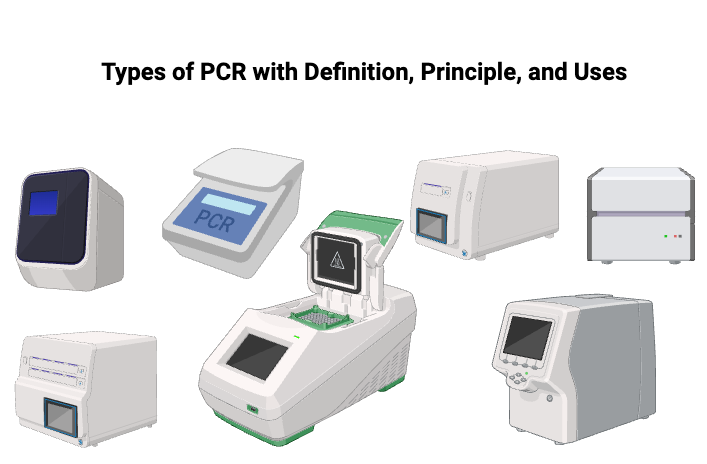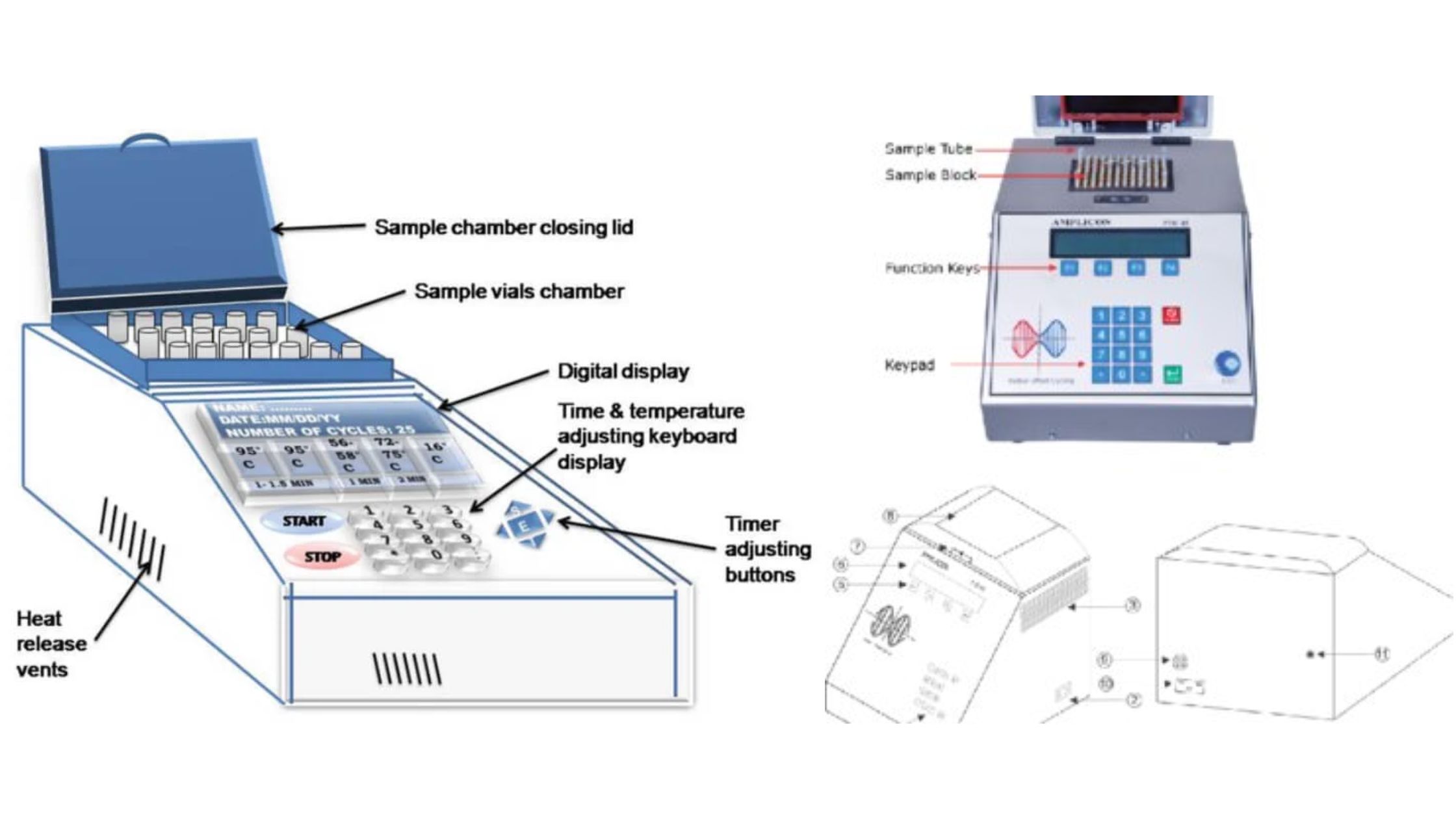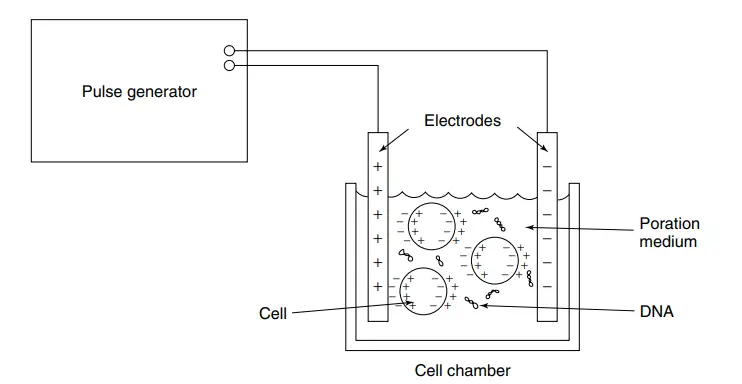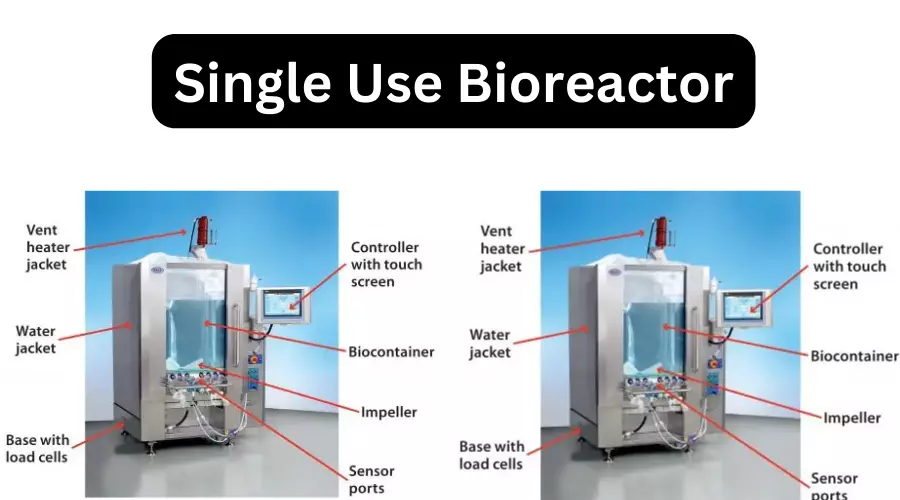Reverse Transcription PCR (RT-PCR) – Principle, Steps, Applications
What is Reverse Transcription PCR (RT-PCR)? Reverse Transcription Polymerase Chain Reaction (RT-PCR) is defined as a lab method in which RNA is converted into complementary DNA (cDNA) by an enzyme called reverse transcriptase, then that cDNA is amplified via PCR. The technique is used for detection, quantification of specific RNA molecules (eg mRNA, viral RNA) … Read more
